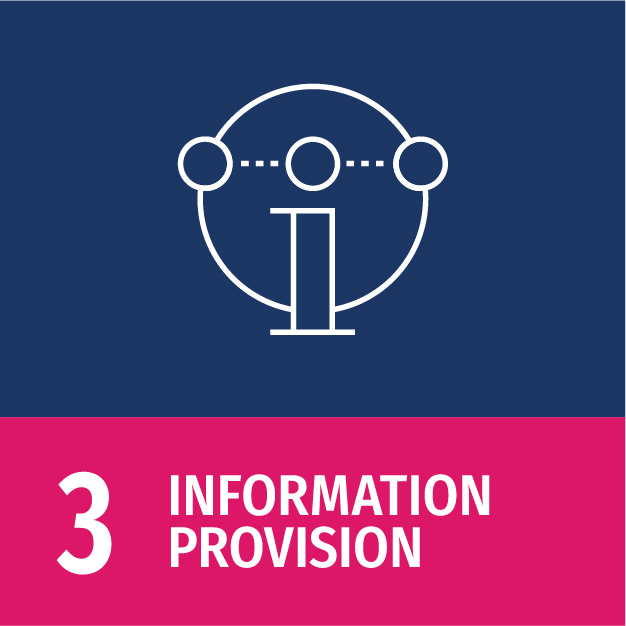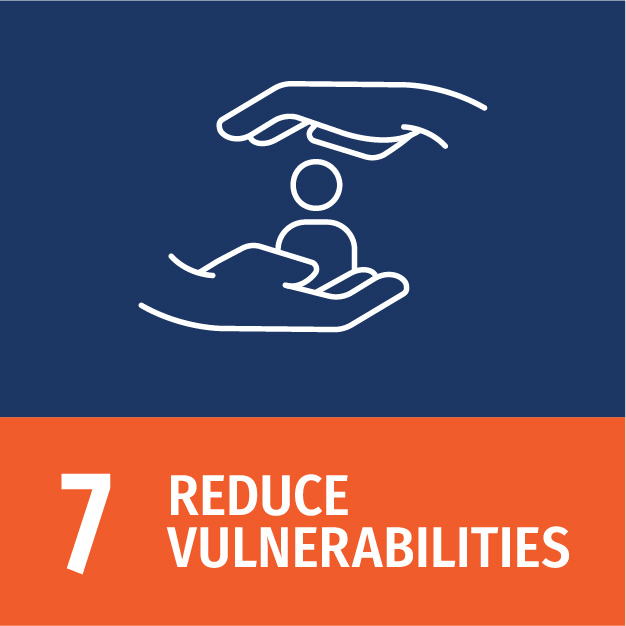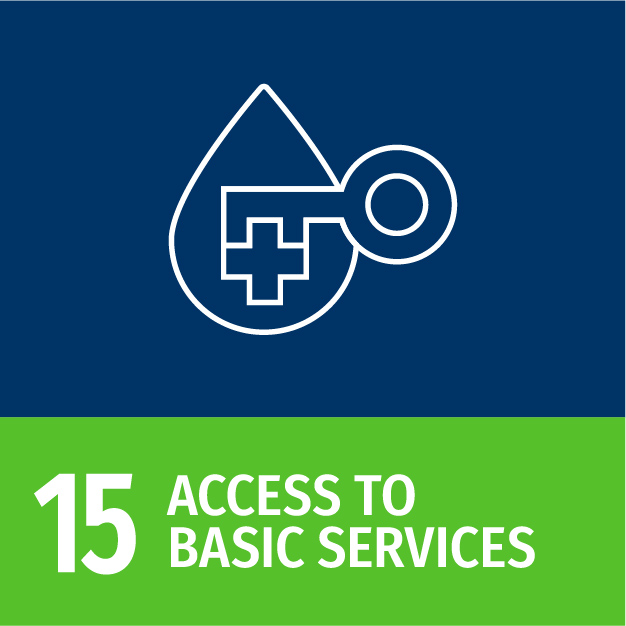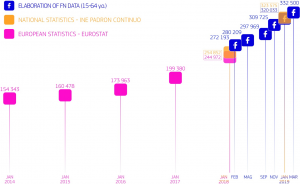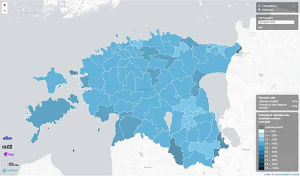
Automated analyses of satellite and sensor imagery: Supporting operations during humanitarian emergencies by detecting geographic structures, using machine learning
Summary
This project investigated the potentials of detecting geographic structures and estimating figures of forcibly displaced people during humanitarian emergencies with using machine learning. The coordination of humanitarian relief in cases of natural disasters or conflict situations is often complicated due to data scarcity to inform planning. Satellite and sensor imagery can give important insights into conditions on the ground, including areas which are difficult to access. This project has examined whether machine learning algorithms are a useful data innovation by conducting experimental studies in several refugee settlements in Africa and the Middle East.
Results
The results of this study show that machine learning algorithms can be a useful innovative methodology for accurately identifying estimates of forcibly displaced people and geographic structures in cases of humanitarian emergencies. However, different imagery stemming from different sensors can vary in its characteristics, which may complicate automated analyses. Still, machine learning algorithms can effectively serve as augmentation of human analysts, who currently conduct fully manual analyse of satellite and sensor analyses. Overall, this innovative data methodology showed how machine learning algorithms can effectively supplement efforts to provide quick and accurate assistance in cases of human emergencies. Potentially, this approach can be replicated in humanitarian relief work worldwide.
(Picture: © UN Global Pulse)

